Sports Value invests a significant amount of time in solving the current pains and problems of major sponsors.
Our clients, like all sponsors on the planet, are seeking better strategies to maximize return on investment in sports sponsorships.
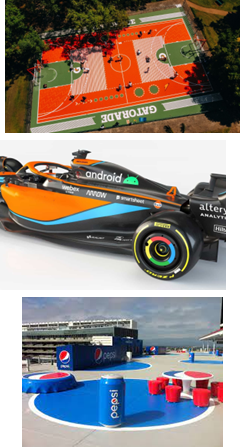
Our vision is always to understand the objectives of the sponsoring brand and create ROI with sponsorships (ROI= Return On Investments).
Sponsoring sports is fundamental, generating perceived quality and high value for consumers.
Nielsen data points out that sponsorships of sports events are, after recommendations from known individuals, the best way to win the potential client’s heart.
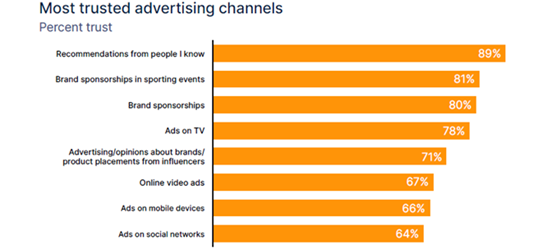
Source: Nielsen
For 67% of people, brands are more attractive when sponsoring sports events. 56% seek information about sponsors.
Post-pandemic sponsorships
Post-pandemic sponsorships have changed significantly. Themes like brand visibility have been replaced by fan engagement, content marketing, and creativity.
The digital environment requires data-driven strategies, 100% measurable with high impact.

Digital advertising has gone from 46% of the total in 2018 to 67% of the total currently and continues to rise.
Global digital AD spend- US$ billion
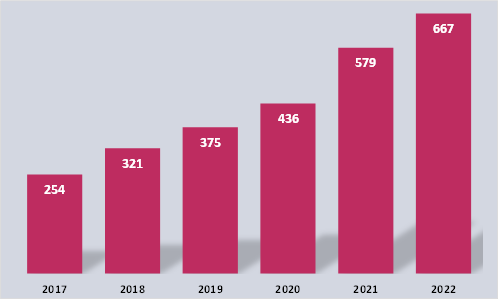
Source: emarketer
The family scene gathered in the living room, all watching the same content and in the same format, no longer exists. Audience fragmentation requires brands to deepen their knowledge of the trends and habits of different targets.
Without digital activation, there is no inpactful ROI with sponsorships.

Second Screeners in the football world
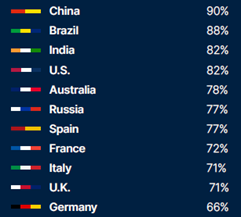
Source: Nielsen
Here are 6 valuable tips for sponsors and rights holders to be inspired.
1. Data-driven sponsorships
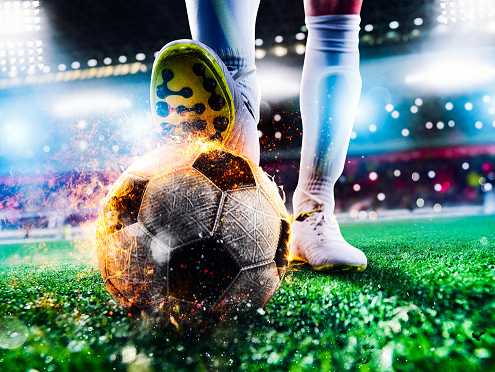
Sponsorships and activations in the current and future landscape need to be data-driven to generate effective return for brands.
No decision can be made without a deep understanding of the constantly changing environment.
Mental models from the 90s do not fit in 2023. Loading team shirts with brands and cluttering with betting brand signs only drastically reduces the return.
According to Kore company data, corporate investment in sponsorships reached US$ 77 billion in 2022. This number is expected to reach US$ 116 billion in 2027.
Football, followed by motor sports and basketball, generates the most return for sponsoring brands in the digital environment.
Social media return- In US$

Nike was the brand with the most digital return at US$ 528 million, followed by adidas with US$ 331 million.
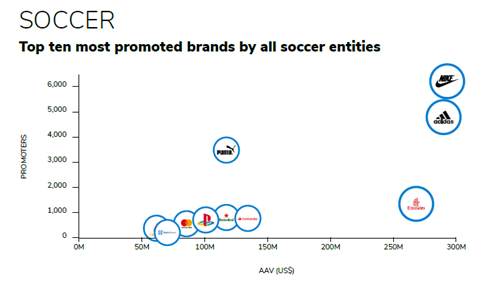
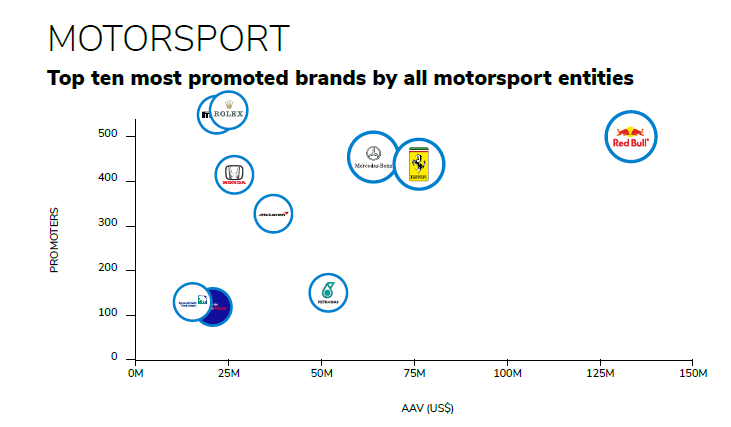
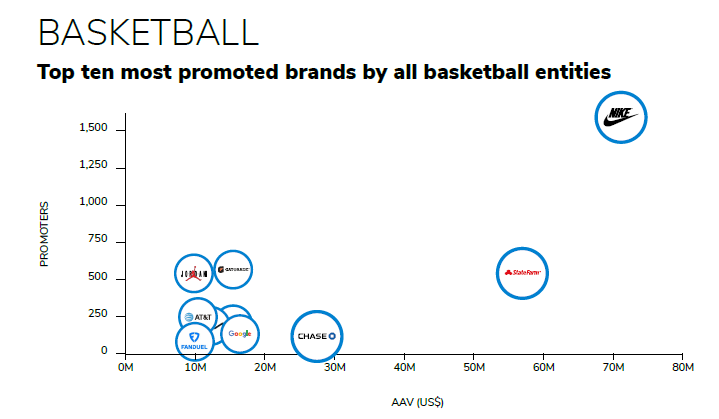
Social media return- In US$
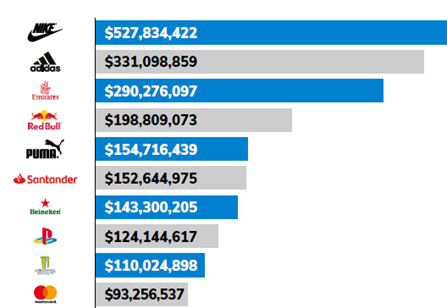
Source: Kore
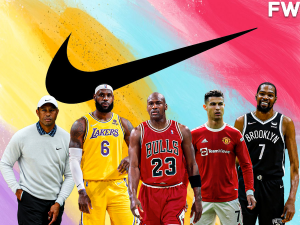
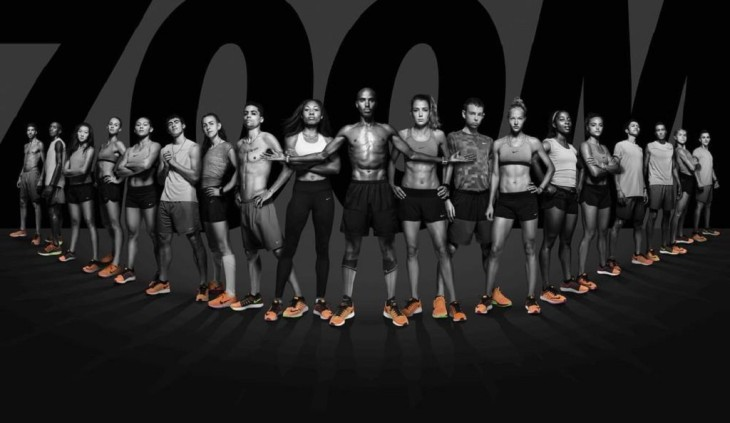
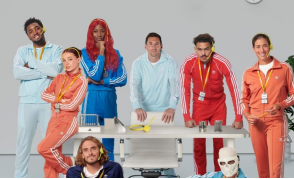
ROI X Number of brand promoters
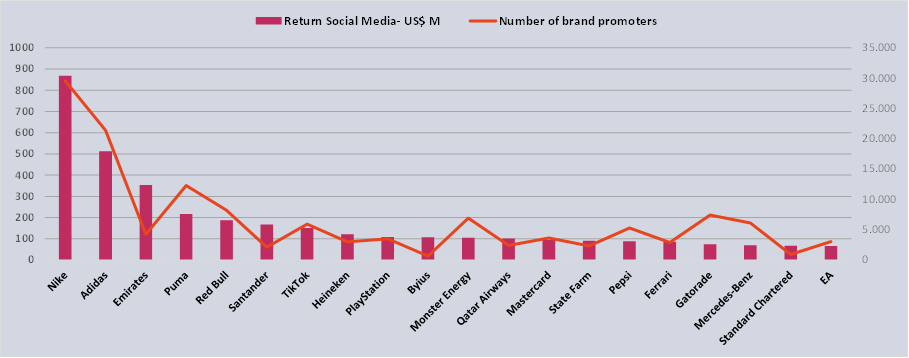
2. Smart digital activations via sponsorships

The sports good brands success came from an army of brand promoters leveraging return. Teams, players/ idols, leagues, events, influencers, a potent impact.
According to a Kore study, 63% of digital return comes from intentional brand publications, especially via teams and athletes. Players will increasingly determine the success of a sponsorship.
In addition to sports goods companies, brands from different sectors have been achieving high impact and great return for the brand. These are the cases of Emirates, Heineken, Santander, and Red Bull.
Brands – Intentional ROI created – In US$

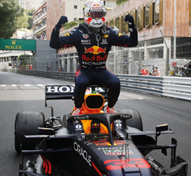
Red Bull is the brand with the huge social media impact, with intentional return created, specially thanks to its F1 teams.
Even more idols will determinate the sponsorship success.

Emirates has a high number of valuable properties, with US$ 290 million in digital return, thanks to valuable sponsorships.
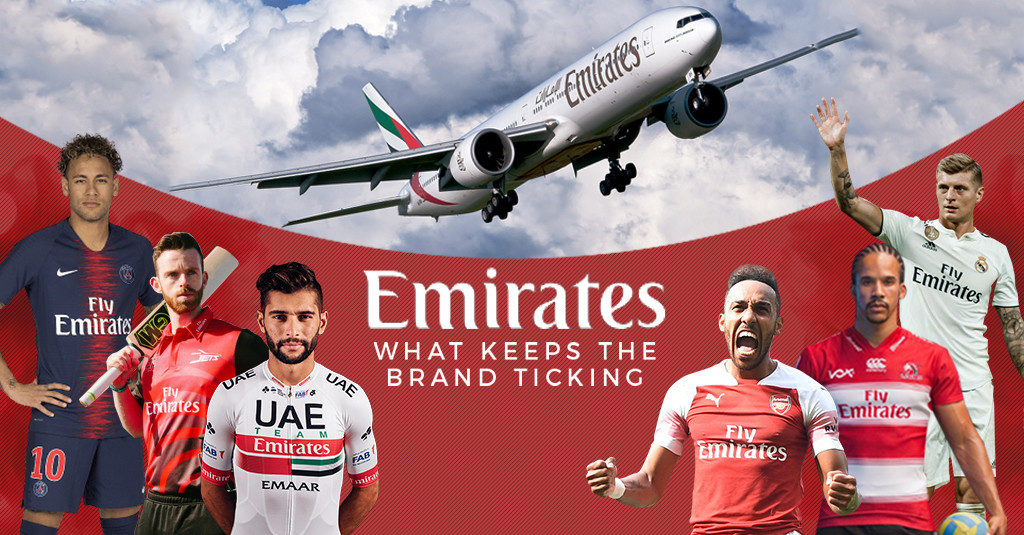

Heineken, a beer brand, is synonymous with sponsorship return, with US$ 143 million in social, in 2022. Much of the brand’s digital gains come from the Champions League and F1.
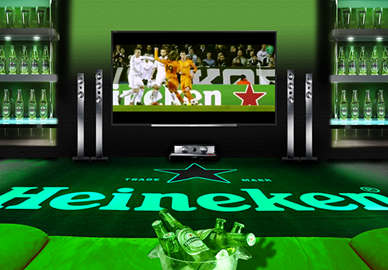
The Champions League generates a total of US$ 426 million in digital return which US$ 121 million is Heineken’s return (28% of the total).
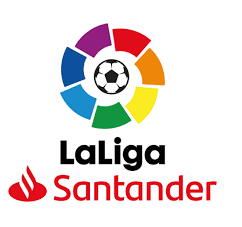
Santander, another brand with high return, reached US$ 153 million in digital return thanks to the choice of its sports properties.
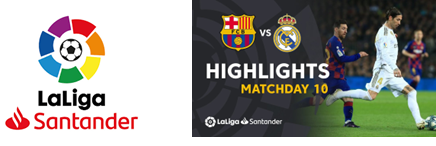
A significant impact came from LaLiga, which as an entity promoted the Santander brand. All posts and videos led to the bank’s brand. LaLiga generated US$ 147 million in total return, and Santander got US$ 143 million, 97% of the total.
Much of the return came from the Spanish league.
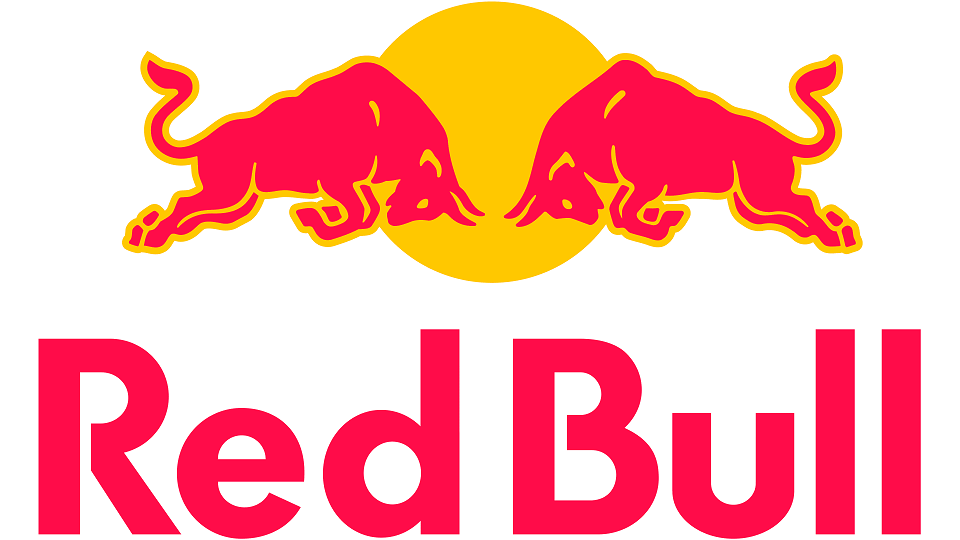
Red Bull is the great example of a brand that builds return on its own. Being the owner of teams drastically boosted the digital return on sponsorship, which was Us$ 199 million in 2022.
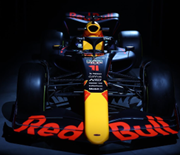
Of this total, nothing less than Us$ 129 million was generated by its F1 teams (65% of the total).
3. Visual pollution ruins the return. The FIFA Women’s World Cup showcase
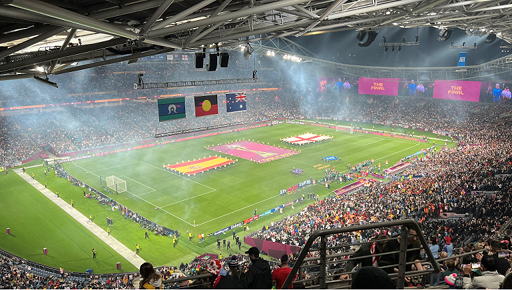
The model of polluting team uniforms and field boards, press conferences ruins any brand return.
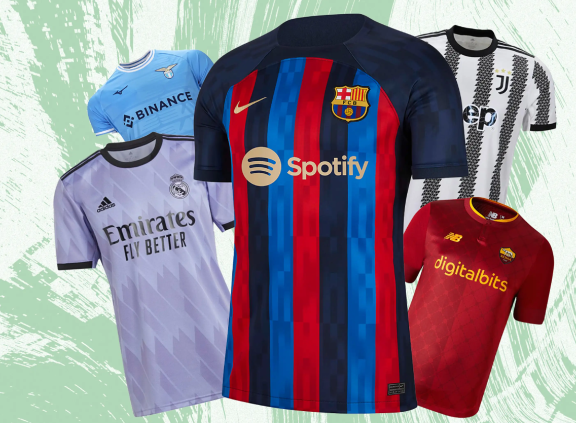
Teams, leagues, and competitions need to take care of their properties, offering the highest possible return for sponsoring brands.
The FIFA Women’s World Cup showcase
A great recent example was the brands media return, from the FIFA Women’s World Cup, held in Australia and New Zealand.
FIFA prohibits shirt sponsorships, only allowing sports goods brands to compete with event sponsors.
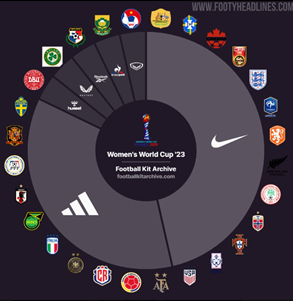
According to data from Relo Metrics, teams uniforms were the properties with the highest return. adidas, due to holding many properties, was the first in return. Nike was second, above any other FIFA sponsor.
Brands media return- In US$
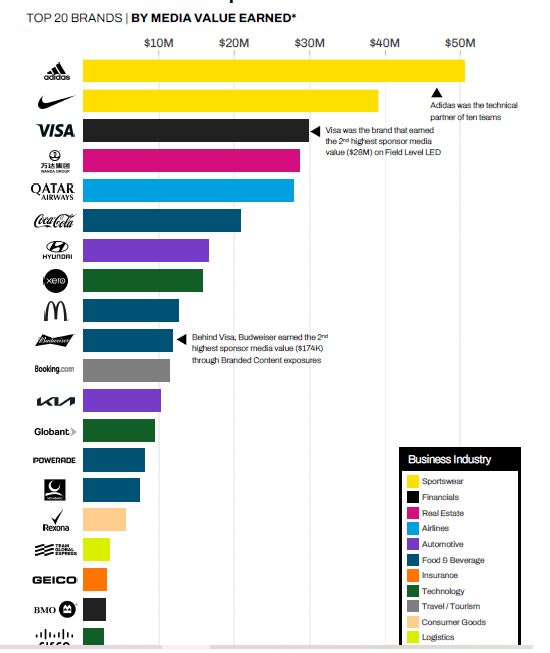
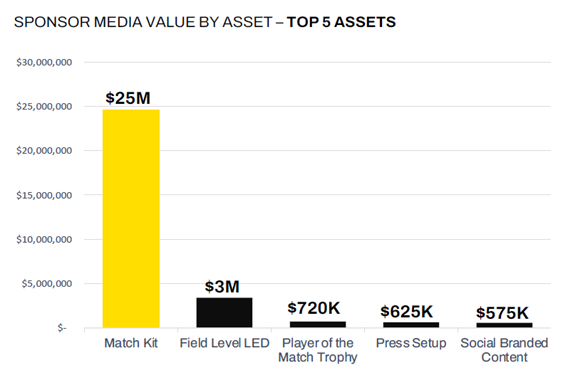
These data prove that with good spaces regulation on shirts and boards, sponsorships, sponsors will increase the ROI, and consequently, contract values will rise.
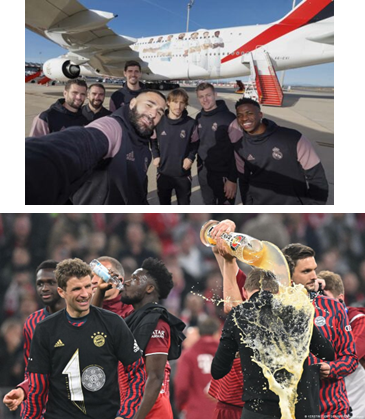
That’s why European teams’ competitions with major corporate brands receiving high visibility and billions in investment prove to be the best trend for sponsorships in Latin America.
4. Many people have never been to the stadium

Although the impacts in stadiums are fundamental, they have limited impact, compared to online audiences. There are many more people connected online than any other form of audience, whether on TV or live in the arenas.
A very interesting analysis by Deloitte shows the fans´s index who own season tickets. MLS has the highest index in the USA.
There is enormous potential for new revenues with fans who are connected, such as online audiences.
Share of season ticket holder x Total US fans
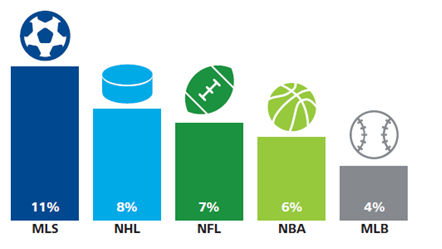
Source: Deloitte
According to Sports Value analysis, clubs´members represent less than 0.6% of the fan base in Brazil.
Brazil – Connected population X Football fans X Clubs´football members – In million
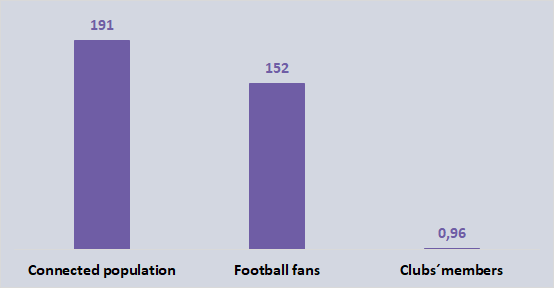
Source: MindMiners & Sports Value
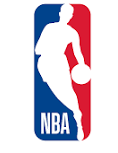
The NBA has grown a lot in online deliveries for sponsors.
Nielsen data show how over the years, the return on social media has grown for sponsors of NBA teams.
Media return – Sponsors TOP NBA teams
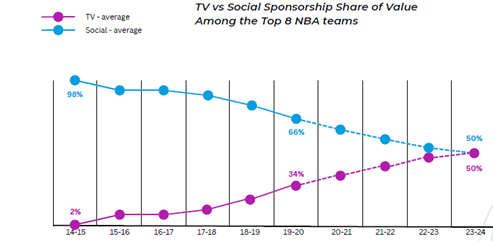
In 2015, only 2% of the return from the sponsors of the top 8 NBA teams came from social media. In 2020, it was 32%, and currently, it is 50%.
NBA generates more than US$ 1.6 billion in sponsorship revenues every year.
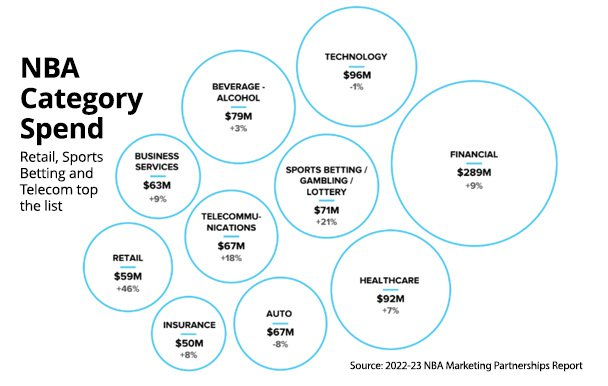
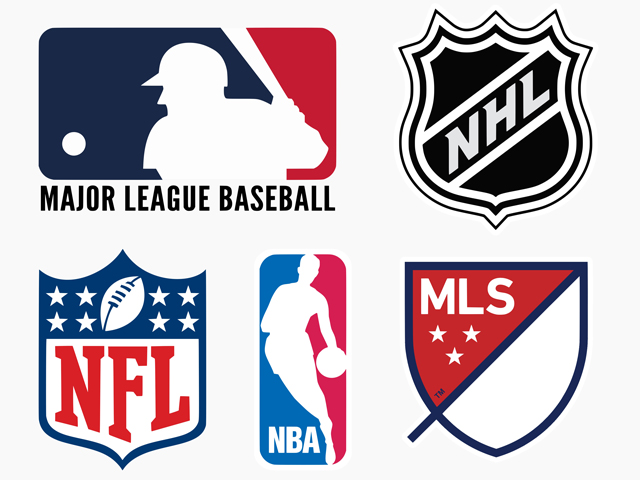
Sponsorship revennues- US$ million
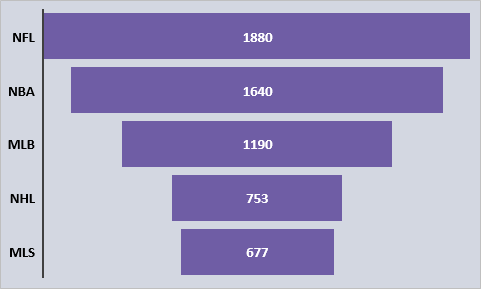
Source: IEG
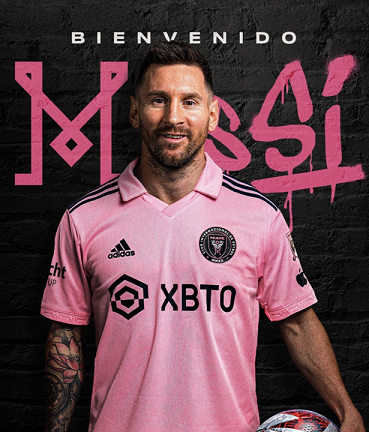
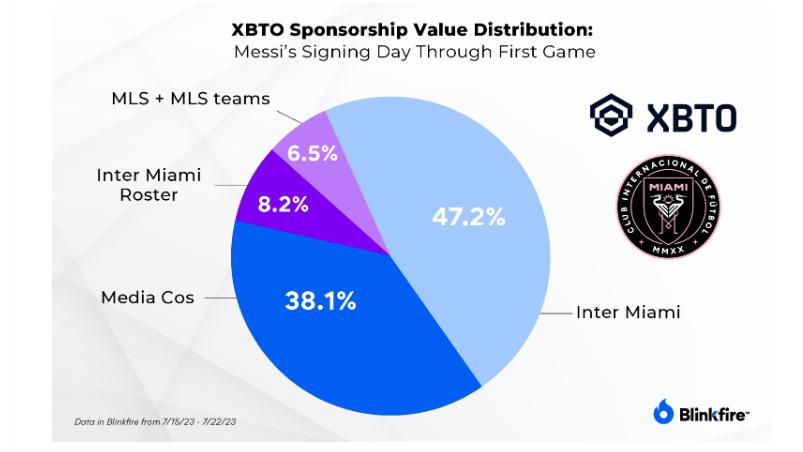
5. Social networks should be complementary
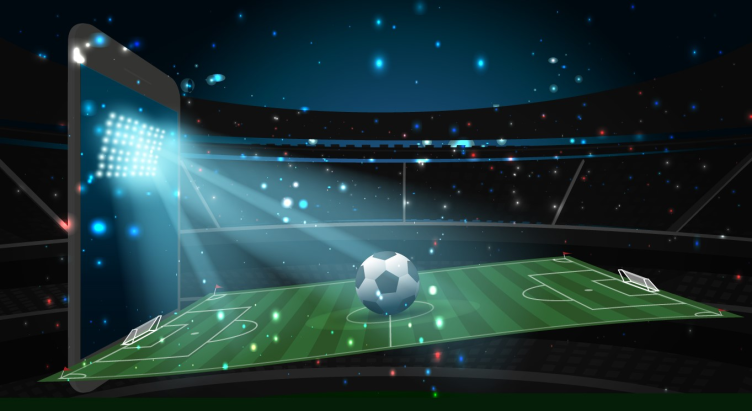
The sports market is experiencing complex times, and sponsors need a lot of analysis to make the right decision.
Sponsors are facing a big dilemma, as sponsorship contracts are getting more expensive, and the return is increasingly difficult and fragmented
Often, digital does not return due to lack of deliveries from YouTube channels and influencers. Many surveys show negligible values of return on digital, compared to linear broadcasting.
This means that social networks and YouTube should be complementary, generating additional values to the return on sponsorships.

Simply putting everything on YouTube for views is not clever. Sponsoring brands have already realized that this movement greatly reduces their effective return.
Social networks with more return for sponsors
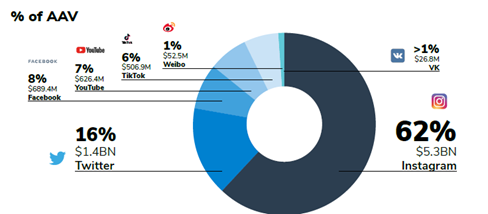
Sponsoring brands need to control the narrative with fans; they cannot simply rely on misguided decisions by rights holders.
Social networks with more return for sponsors- Women FIFA World Cup
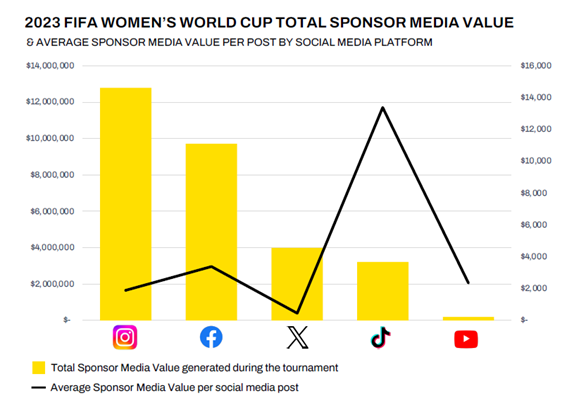
The ROI for brands will be proportional to control level that sponsors have over the message and leads generated. Use the social media to reach more sales and brand reputation.
6. Entertainment & Sports, the great impact
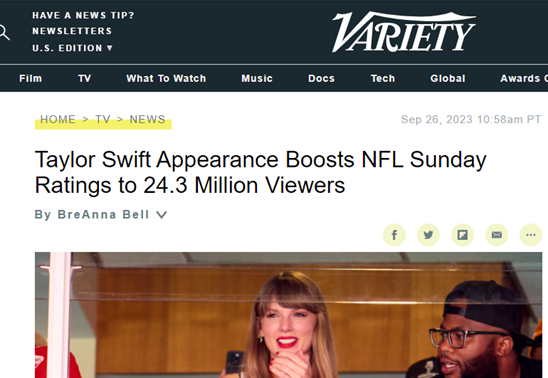
All Sports Value´s analyses converge on sponsors going beyond sports.
Although the brand needs professional sports, it is outside the fields, courts, and tracks that the game becomes enormous.
No impact from sports sponsor brands will be complete without behind-the-scenes, the world of celebrities, and mass entertainment.

Bursting the sports bubble is essential for sponsoring brands. ROI will come a lot from unique content that goes viral on social networks.
 English - EN
English - EN
 Português - PT
Português - PT  Español - ES
Español - ES 

